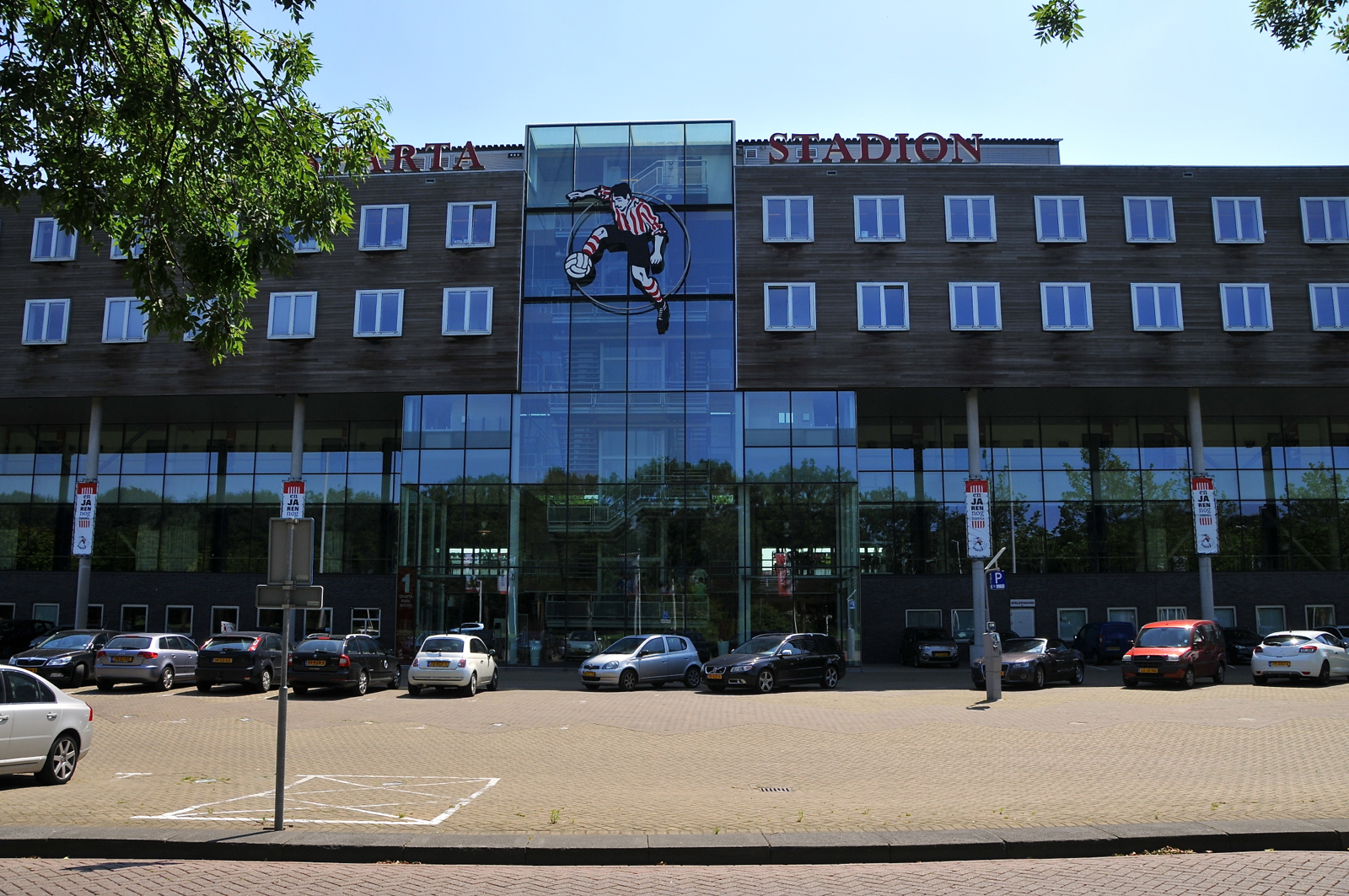|
Memorial Museum Passchendaele 1917
The Memorial Museum Passchendaele 1917 in Zonnebeke is a Belgian museum devoted to the 1917 Battle of Passchendaele (also known as the Third Battle of Ypres) where in 1917 in only 100 days, almost 500,000 men were killed for only eight kilometres gain of ground. The museum is housed in the historic château grounds of Zonnebeke and focuses on the material aspects of World War I. History The history of the Memorial Museum Passchendaele (MMP1917) starts in 1987. For the first time in history, there was an exhibition about the Third Battle in Ypres (1917). This exhibition consisted of never shown visual materials from the Imperial War Museum. It was a great success, with 9,000 visitors, a large ceremony on Tyne Cot Cemetery, and battlefield tours. Because of this success, it was decided to put the château at the museum's disposal, with attention fixed on the war years, but also the Zonnebeke Augustinian Abbey and local history. The museum opened in 1989. In 2002, it was d ... [...More Info...] [...Related Items...] OR: [Wikipedia] [Google] [Baidu] |
Het Kasteel
The Sparta Stadion, nicknamed Het Kasteel () is a football stadium in Rotterdam, Netherlands. It is the home ground of Sparta Rotterdam. It has a capacity of 11,026. History and layout The stadium is located in the neighbourhood of Spangen, where it was built in 1916 as ''Stadion Spangen'' based on a plan of the architects J.H. de Roos and W.F. Overeynder. The name "Het Kasteel" (The Castle) is derived from the small building with two small towers which backs onto the south-facing tribune (Kasteel Stand) of the stadium, which looks similar to a castle. This building is the only authentical remain of the original design. It was built in 1916. The castle building, which is currently located along the length of the pitch, was originally positioned behind one of the goals. A famous incident took place at het Kasteel in November 1970, when Feyenoord goalkeeper Eddy Treijtel took a goalkick and shot a passing seagull down from the air. The stuffed bird has been on display in the ... [...More Info...] [...Related Items...] OR: [Wikipedia] [Google] [Baidu] |
Tyne Cot
Tyne Cot Commonwealth War Graves Cemetery and Memorial to the Missing is a Commonwealth War Graves Commission (CWGC) burial ground for the dead of the First World War in the Ypres Salient on the Western Front. It is the largest cemetery for Commonwealth forces in the world, for any war. The cemetery and its surrounding memorial are located outside Passendale, near Zonnebeke in Belgium. Name The name "Tyne Cot" is said to come from the Northumberland Fusiliers, seeing a resemblance between the many German concrete pill boxes on this site and typical Tyneside workers' cottages (Tyne cots). Tyne Cot CWGC Cemetery lies on a broad rise in the landscape which overlooks the surrounding countryside. As such, the location was strategically important to both sides fighting in the area. The concrete shelters which still stand in various parts of the cemetery were part of a fortified position of the German ''Flandern I Stellung'', which played an important tactical role during the Battle ... [...More Info...] [...Related Items...] OR: [Wikipedia] [Google] [Baidu] |
World War I Museums In Belgium
In its most general sense, the term "world" refers to the totality of entities, to the whole of reality or to everything that is. The nature of the world has been conceptualized differently in different fields. Some conceptions see the world as unique while others talk of a "plurality of worlds". Some treat the world as one simple object while others analyze the world as a complex made up of many parts. In ''scientific cosmology'' the world or universe is commonly defined as " e totality of all space and time; all that is, has been, and will be". '' Theories of modality'', on the other hand, talk of possible worlds as complete and consistent ways how things could have been. ''Phenomenology'', starting from the horizon of co-given objects present in the periphery of every experience, defines the world as the biggest horizon or the "horizon of all horizons". In ''philosophy of mind'', the world is commonly contrasted with the mind as that which is represented by the mind. ''Th ... [...More Info...] [...Related Items...] OR: [Wikipedia] [Google] [Baidu] |


